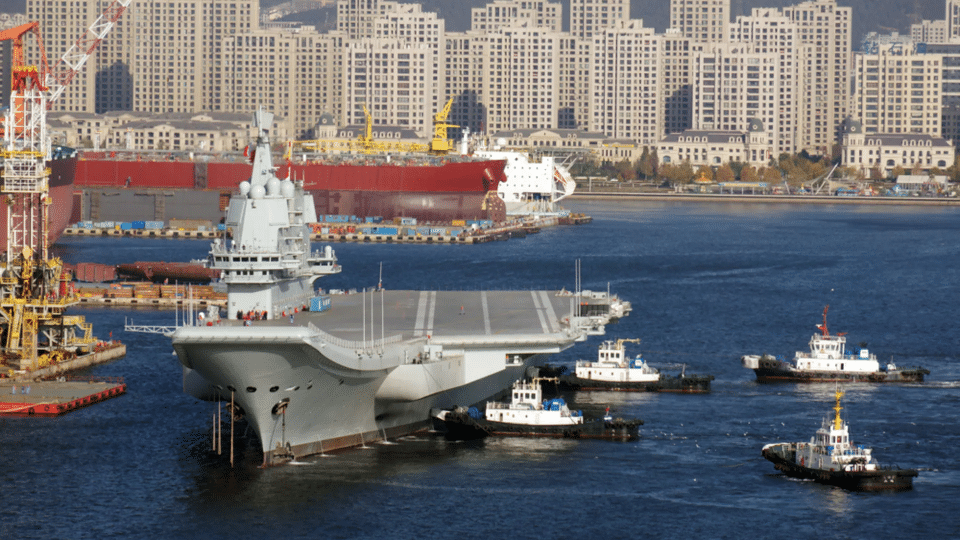US-South Korea Forge Shipbuilding Agreements Amid Trade Talks

During a pivotal visit to the United States, South Korean President Lee Jae Myung announced the signing of 11 non-binding agreements aimed at revitalizing the shipbuilding industry and enhancing cooperation in various sectors, including nuclear energy and aerospace. This initiative is part of South Korea’s ambitious $350 billion investment plan in U.S. projects, with a significant focus on shipbuilding, which has been allocated $150 billion. Lee’s visit underscores a commitment to modernizing U.S. shipyards and competing with China’s dominance in the maritime sector.
Investment and Collaboration in Shipbuilding
President Lee’s visit to the U.S. includes a tour of the Philadelphia Shipyard, owned by South Korea’s Hanwha Group, which recently acquired the facility. Hanwha plans to invest $5 billion to ramp up production from two vessels annually to 20, showcasing a commitment to enhancing U.S. maritime capabilities. Lee emphasized that the advanced K-shipbuilding industry in South Korea could play a crucial role in revitalizing U.S. shipbuilding, creating a historic partnership between the two nations.
As part of the agreements, HD Hyundai has partnered with the Korea Development Bank and Cerberus Capital to establish a multibillion-dollar joint investment fund. This fund aims to bolster maritime capabilities in the U.S. and its allies, focusing on shipbuilding, marine logistics, and advanced marine technology. Additionally, Samsung Heavy Industries has teamed up with Vigor Marine Group to improve maintenance and repair services for U.S. Navy ships, alongside modernization efforts in U.S. shipyards.
South Korea bets big on reviving troubled US shipbuilding to woo Trump
Despite these promising developments, challenges remain. U.S. shipyards, which once dominated global shipbuilding during World War II, have seen their market share plummet to just 0.04% by 2024. Currently, China and South Korea account for 83% of the global commercial shipbuilding market. Training local workers for shipyard jobs can take between two to five years, and attracting a workforce willing to engage in demanding shipbuilding tasks poses additional hurdles.
Legal Constraints and Future Prospects
Legal restrictions, such as the Byrnes-Tollefson Amendment, limit the construction of U.S. Navy ships in foreign shipyards, although the U.S. president can waive these requirements for national security reasons. South Korean officials have indicated that unless certain U.S. protectionist policies are relaxed, the construction of complete ships or modules intended for U.S. shipyards may face significant limitations. Some U.S. legislators are advocating for changes to allow greater participation from U.S. allies in shipbuilding projects.
Wi Sung-lac, national security adviser to President Lee, acknowledged the existing legal constraints but expressed optimism about enhancing cooperation through alternative routes and institutional reforms. As both nations work towards a more collaborative future in shipbuilding, the focus remains on overcoming challenges and maximizing the potential of this historic partnership.
